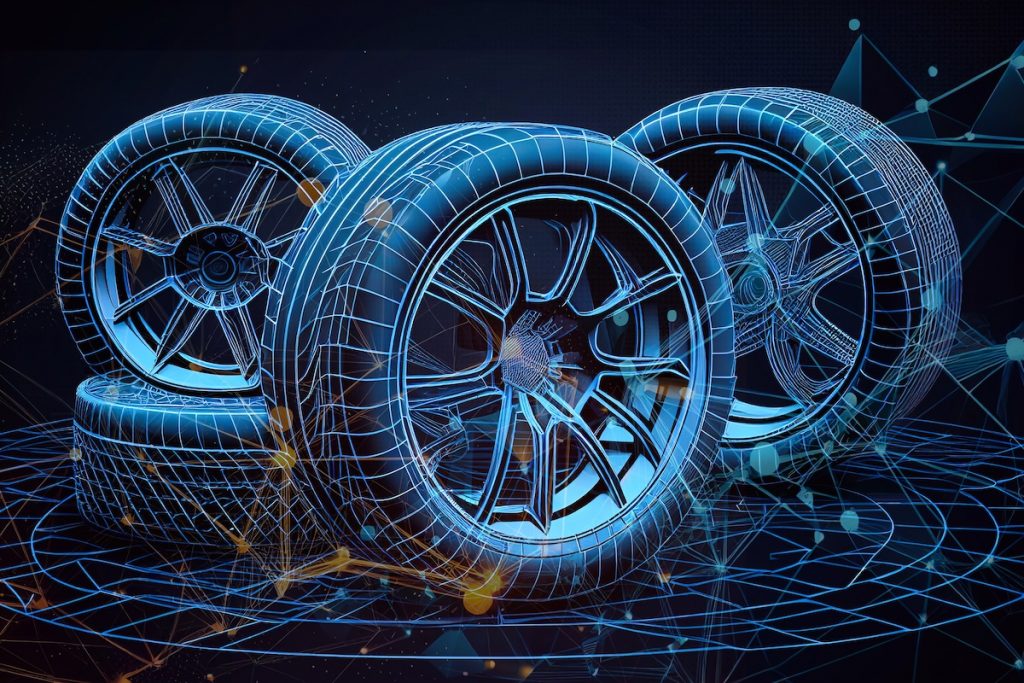Revolutionizing Tire Monitoring
As tire manufacturers strive to provide real-time information to vehicle control systems, the integration of data and the power requirements remain significant challenges.
Companies like Goodyear Tire & Rubber and Bridgestone are working on equipping tires with sensors capable of collecting and transmitting real time data on road conditions as well as tire wear.
This data can help take informed decisions on vehicle performance and control, which is especially critical for autonomous vehicles.
Additionally, it helps in predicting tire wear and retreading options. Retreading tires reduce carbon emissions by 24% and air pollution by 21%.
In most new cars, pressure and temperature monitoring sensors are offered as standard equipment. But more tire health factors remain invisible till it’s too late, and here vibration sensors could help, indicating tire balance issues and frictions, detecting road conditions and assisting in grip control. However, vibration data processing poses a problem because of huge dataflow produced by vibration. At the same time, vibration signals are composed of 99% noise and only 1% useful information. Hence the importance of data pre-processing at sensors. The tire engineers and data scientists are looking for a pre-processing solution that will resolve excessive data issue and related power consumption bottleneck. Neuromorphic analog signal processing at sensor is suitable for this role as best as possible.
Data reduction is achieved by using the neuromorphic front-end chip with a neural network trained to recognize vibration patterns extracting from signals only useful information. Analog neuromorphic architecture is extremely energy efficient, consuming about 100 microwatts of power and enabling real time data transmission. With analog neuromorphic front end, the tire makers can even use kinetic energy harvesting to power the sensor node during the whole life of a tire.
Integration of neuromorphic signal processing into tire sensors not only addresses power constraints but will also enhance safety of self-driving vehicles.
Originally this article was published here.
